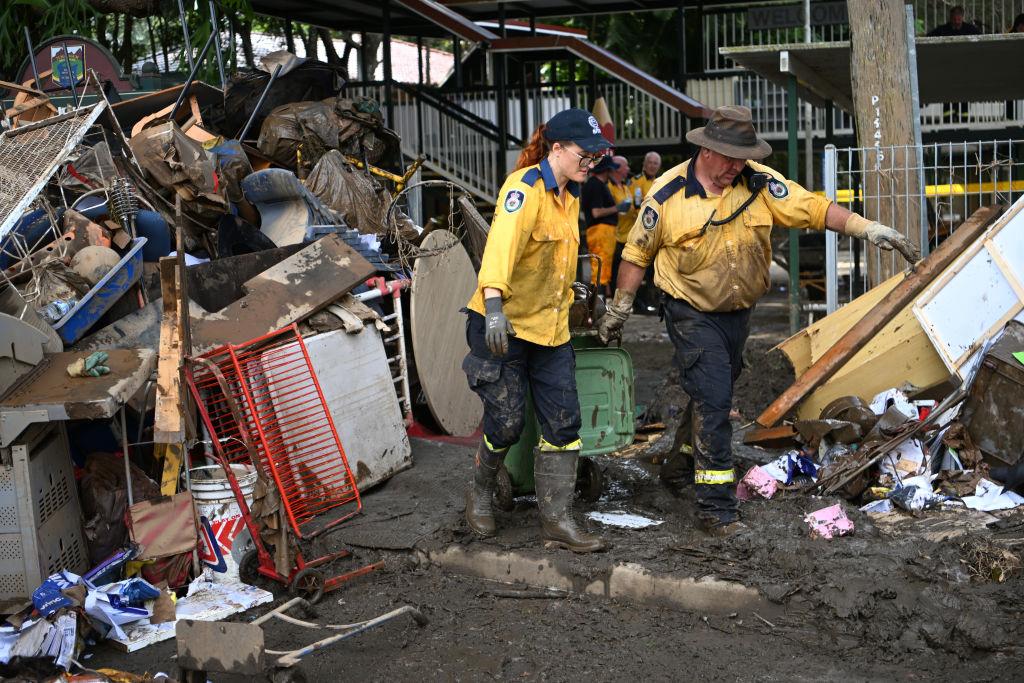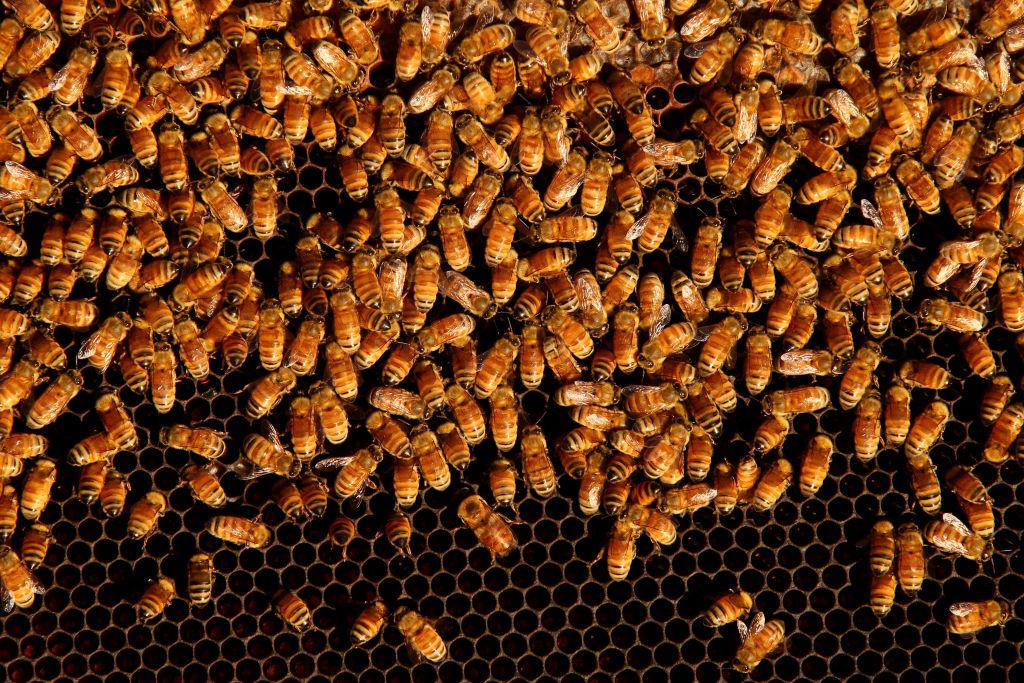Concerns over drones monitoring native endangered species of Australian gliders in Victoria appear to have been overblown after researchers found creatures could care less about the night-flying robotic invaders.
Gliders, also known as flying possums, are marsupial mammals of Australasia that volplane between trees, much like flying squirrels in the northern hemisphere.





